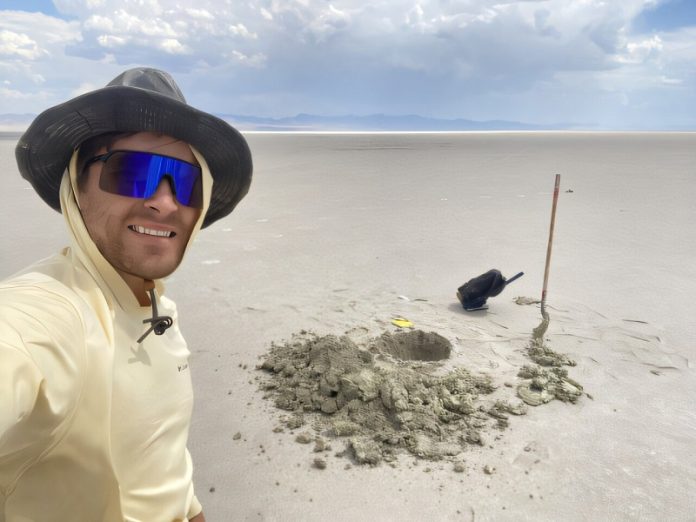
Rare earth elements might sound like something out of science fiction, but they’re real—and essential to the modern world.
Used in everything from smartphones and electric vehicles to satellites and military technology, these critical minerals are making headlines as countries race to secure reliable supplies.
But how and where these elements gather in nature is still a mystery in many ways.
That’s where Montana State University geologist Zachary Burton comes in.
With nearly 15 years of experience studying rare earth elements, Burton is working to understand how these valuable materials move and collect in some of the planet’s harshest environments—like deserts and freezing cold regions.
He recently published a study in the journal Cold Regions Science and Technology exploring how rare earths shift and settle in salt ponds in a part of Antarctica known for its dry, icy conditions and patches of permafrost.
According to Burton, rare earth elements aren’t actually rare in terms of how often they occur in the Earth’s crust—they exist almost everywhere in small amounts.
What’s rare are the places where they gather in large, usable quantities. That’s the key to understanding where future mining efforts could succeed.
In Antarctica, where mining is banned by international agreement, researchers aren’t looking to extract minerals. Instead, Burton and his team studied how natural forces—like the freezing and thawing of snow and ice—move rare earth elements through water and soil.
These findings could help scientists and governments identify similar processes happening in other cold regions that are open to mining, such as Greenland or parts of Eastern Europe.
One reason this work is so important is that little research has been done on how rare earth elements behave in cold climates, especially by U.S. scientists. For decades, most mining and research focused on tropical regions, especially in China, which currently dominates global production.
But with growing concerns about supply chains and national security, the U.S. and other countries are eager to explore new sources of these strategic minerals.
Interestingly, Burton points out that what’s happening in Antarctica could even help scientists understand how to extract minerals on other planets. Conditions in Antarctica are similar to what might be found on Mars or the Moon, making this research relevant for space exploration as well.
Back on Earth, Burton is also studying how rare earths and other critical minerals like lithium move in hot, dry places such as Nevada, Utah, and California’s Mojave Desert. These deserts are key areas for U.S. mineral exploration, and better understanding of how these elements behave could help unlock new resources.
As the newest faculty member in Montana State’s Department of Earth Sciences, Burton says he’s excited to collaborate with fellow researchers and students. There’s still so much to discover about these minerals, he says—and those discoveries could have major impacts for technology, the environment, and even space travel.
MSU’s vice president for research, Alison Harmon, agrees. She says the university is building expertise in critical minerals and is well-positioned to contribute to both national security and economic growth in Montana and beyond.



